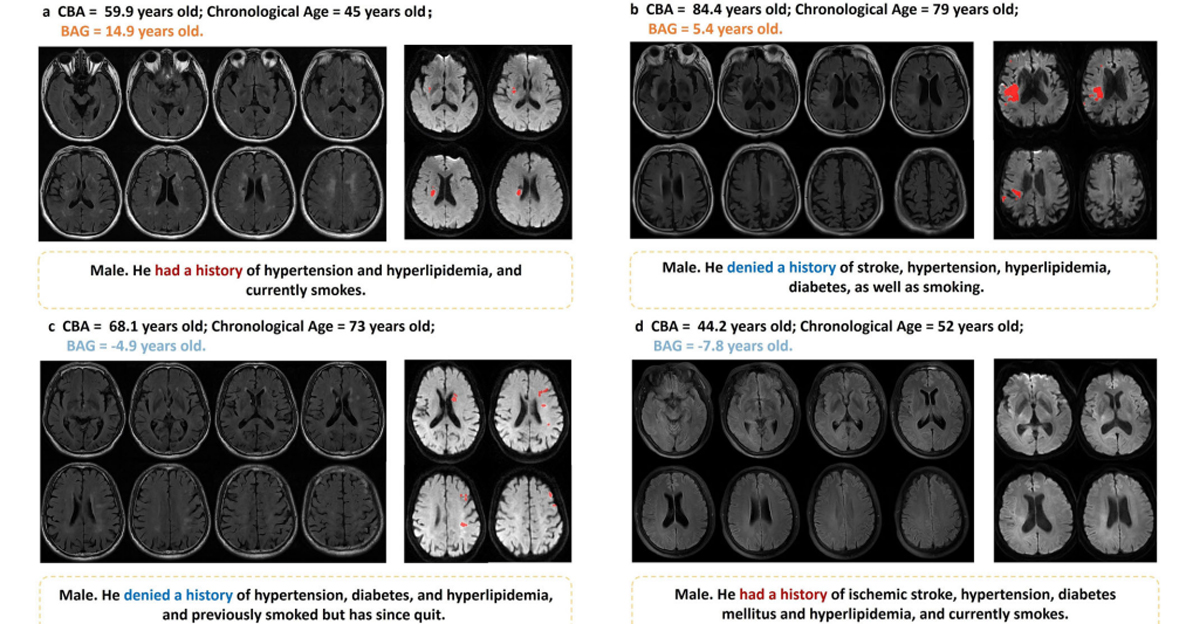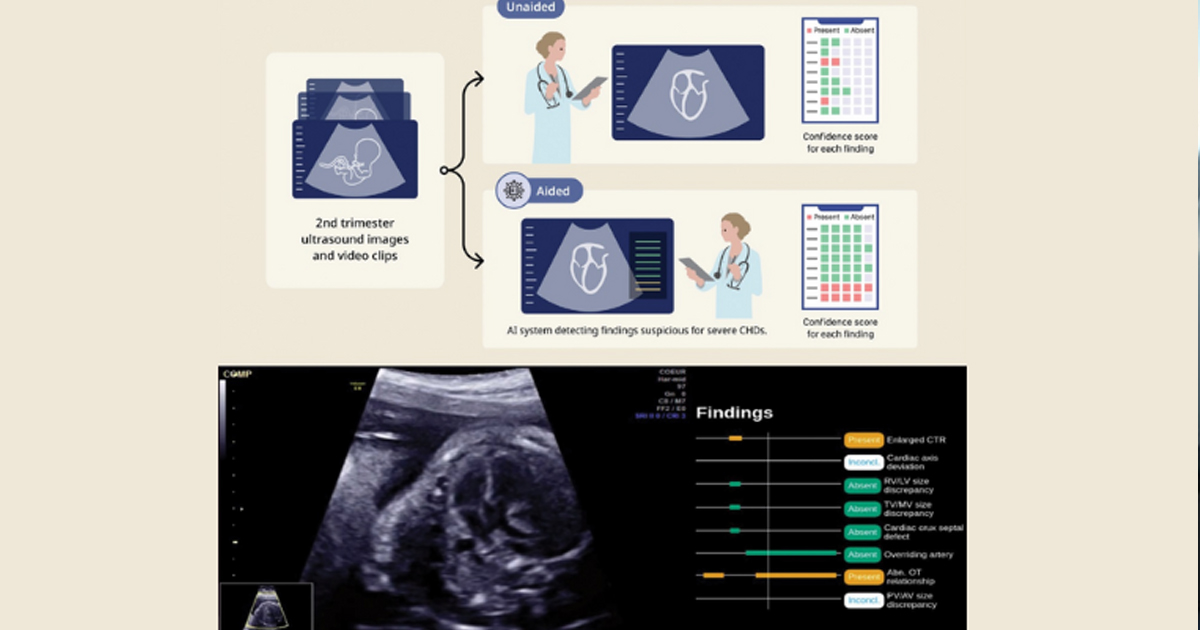Este proyecto dio sus primeros pasos en 2016, al realizarse una reunión de alto nivel con países del Caribe.
La premisa de la iniciativa IS4H (Information Systems For Health), sugiere que la IS4H es una herramienta para evaluar la capacidad organizativa relacionada con la gobernabilidad, la gestión de datos, la transformación digital, la innovación y la gestión de conocimiento.
Según la definición oficial de la PAHO los information systems de la salud o IS4H son un mecanismo de gestión de sistemas interoperables de datos abiertos procedentes de diferentes fuentes de uso ético, mediante herramientas efectivas de TIC, con el fin de generar información estratégica por el bien de la salud pública.
Tras la reunión en 2016, se realizaron otras dos en Centroamérica y Sudamérica en 2017 y 2018 respectivamente. Estas reuniones funcionaron para introducir una visión que ayudara a establecer un marco general de operación y una comprensión general de los componentes de los IS4H.
Los informes de estas reuniones están disponibles en: https://www.paho.org/ish/index.php/es/
Según Marcelo D’Agostino, asesor senior de la PAHO/OMS, IS4H es un programa de trabajo que fue construido con y para los países que buscan fortalecer sus information systems, mejorar procesos de gestión de datos, crear métodos de análisis, producción de escenarios, formulación de políticas públicas y toma de decisiones informadas, entre otros, todo para el desarrollo de la salud pública. D’Agostino ha mencionado que “para tener políticas de salud y decisiones informadas es necesario tener una visión holística del tema y es fundamental poder tener acceso a datos, estructurados y no estructurados que provengan de todos los sectores y que puedan ser de interés del sector salud”.
Como su nombre lo indica los IS4H no son solamente information systems enfocados directamente a la salud sino information systems que pueden ser implementados adecuadamente a los sistemas de salud.

La meta principal de los IS4H es implementar un mejor mecanismo para la formulación de políticas públicas con base en las buenas prácticas de toma de decisiones mediante sistemas de salud que garanticen el acceso universal gratuito y puntual a datos e información estratégica, empleando herramientas digitales y TIC con mayor costo beneficio.
Algunos de los principios de estos sistemas son: El manejo de estadísticas vitales, la estandarización de métodos, la digitalización de los gobiernos, la promoción de datos como factor para el éxito, y el aprovechamiento del uso de datos estructurados y no estructurados.
La implementación de las IS4H abre infinidad de posibilidades para los gobiernos en materia de gestión de datos y el descubrimiento de nuevos desafíos en salud pública. La PAHO guía el Maturity Model (IS4H-MM), en palabras de D’Agostino “un conjunto de herramientas y métodos que permiten trabajar junto a los países para definir no solo el nivel de madurez de sus information systems para la salud, sino que, y más importante aún, elaborar un plan de acción y hoja de ruta basado en evidencia sólidas”.
Las IS4H-MM se clasifican en cinco niveles que se encargan de diferentes tareas y desafíos. el IS4H-1 Initiated,, su principal característica son los datos disponibles y se enfoca en la concientización. El segundo nivel IS4H-2 Developing, tiene como característica la información en salud es administrada, y se enfoca en la implementación de mejores prácticas, Para el IS4H-3 Defined, se busca la toma decisiones basadas en información de calidad en salud y se enfoca en la estandarización de procesos y mejora continua. El IS4H-4 Optimized, se caracteriza por la gobernanza y la integración del IS4H, y se enfoca en la integración y alineación. El ultimo nivel, IS4H-5 Innovation, se refiere a cuando todos los componentes del sistema están totalmente desplegados y se enfoca en la innovación continua de estos componentes.
D’Agostino explica que estos sistemas están dirigidos a los Ministros de Salud de las américas, para el trabajo de datos desagregados a nivel subnacional, que es lo que se necesita para la medición del progreso de los Objetivos de Desarrollo Sostenibles (ODS).
La aplicación de herramientas complejas de Digital Health que involucran la gestión y análisis de datos a gran escala, buscan fortalecer las instituciones para de esta forma promover las políticas bien fundamentadas. Y también buscan generar herramientas para la gestión de datos en salud pública como los registros electrónicos de salud, las cartillas de vacunación digitales, la clasificación de información gracias a la infraestructura tecnológica de análisis masivo de datos como es el Big Data. Además de promover la transparencia y el Gobierno abierto a través de la digitalización del mismo.







